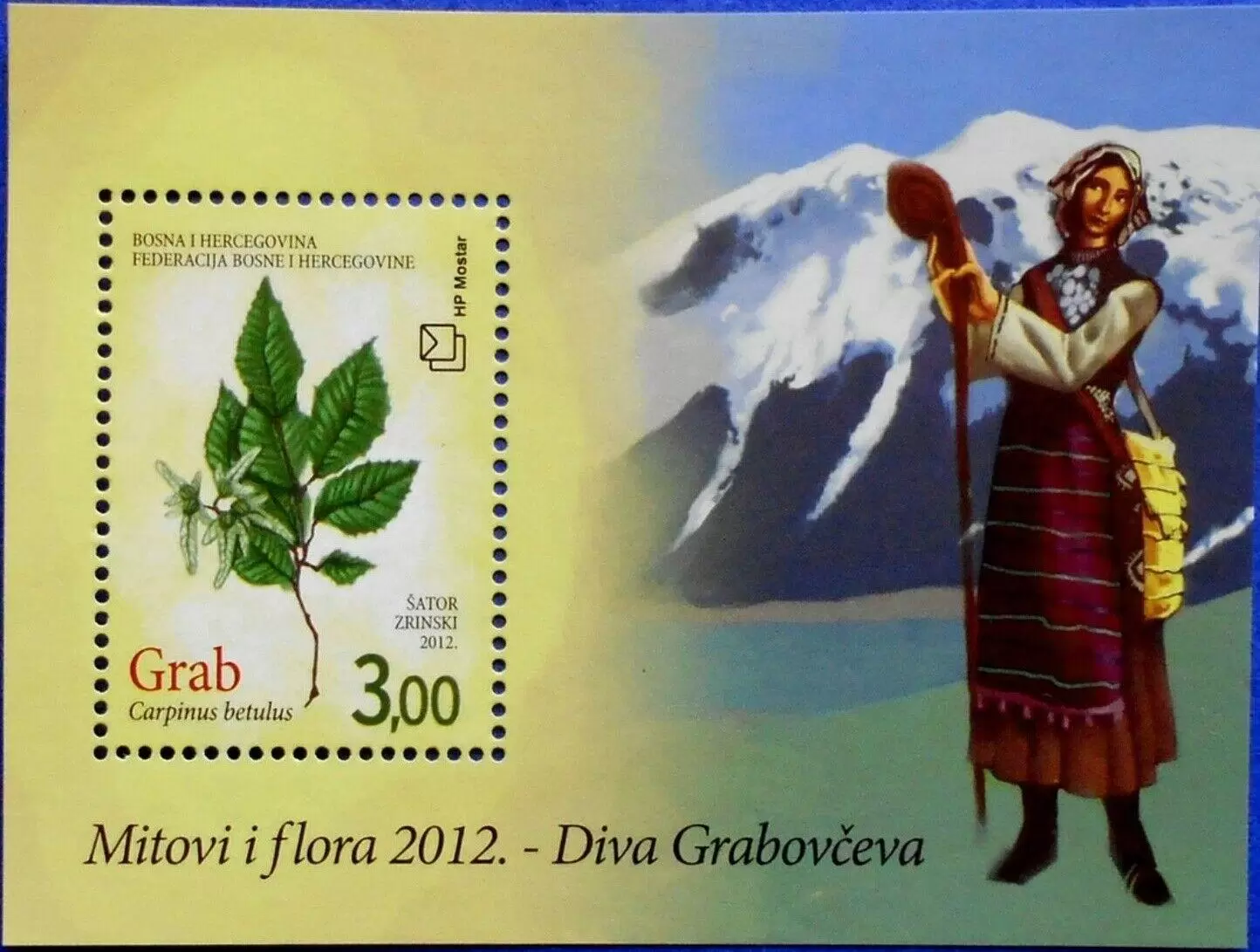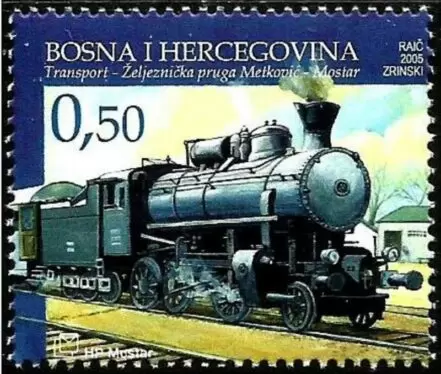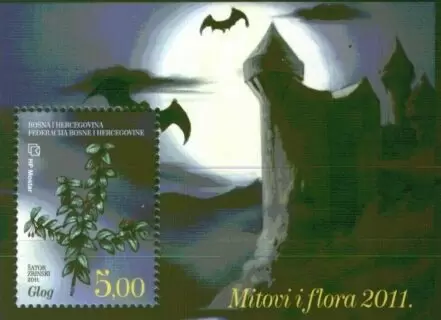Bosnia Serbian year 2017 Monasteries, Religion, Christianity, Architecture stamps set
Bosnia and Herzegovina has a rich religious and architectural heritage, particularly in relation to Christianity. The country has been influenced by various Christian denominations throughout its history, including Catholicism, Eastern Orthodoxy, and various Protestant movements. Here are some key aspects of Bosnia’s Christian monasteries, religion, and architecture:
1. Medieval Monasteries: Bosnia is home to several medieval monasteries that reflect the country’s Christian heritage. These monasteries served as centers of religious worship, education, and cultural preservation. Some notable examples include:
- Mileševa Monastery: Located near Prijepolje in present-day Serbia, but historically significant for Bosnia, Mileševa Monastery is famous for its frescoes, including the iconic “White Angel.”
- Studenica Monastery: Although situated in Serbia, Studenica Monastery has historical ties to medieval Bosnia. Founded in the 12th century, it is renowned for its Byzantine-style architecture and religious art.
2. Religious Diversity: Bosnia and Herzegovina’s religious landscape is diverse, with significant populations adhering to Catholicism, Eastern Orthodoxy, and Islam. Historically, the country has been a meeting point for various cultures and religions, leading to a unique blend of architectural styles and religious traditions.
3. Ottoman Influence: During the Ottoman period (15th to 19th centuries), Bosnia and Herzegovina came under Islamic rule, resulting in the construction of mosques and other Islamic architectural landmarks. However, Christian monasteries and churches continued to exist alongside Islamic structures, showcasing the region’s religious plurality.
4. Architectural Features: Christian architecture in Bosnia often exhibits a blend of styles influenced by Byzantine, Romanesque, Gothic, and Ottoman architectural traditions. Some common features include:
- Byzantine Influence: Byzantine-style domes, frescoes, and decorative motifs can be found in many Orthodox churches and monasteries.
- Romanesque and Gothic Elements: Catholic churches in Bosnia may feature Romanesque arches, Gothic rib vaults, and ornate sculptures.
- Ottoman Influence: Some Christian churches and monasteries in Bosnia bear traces of Ottoman architectural elements, such as minaret-like bell towers and decorative Islamic motifs.












Reviews
There are no reviews yet.